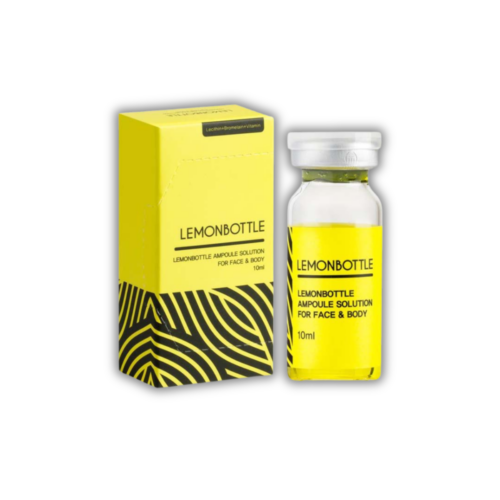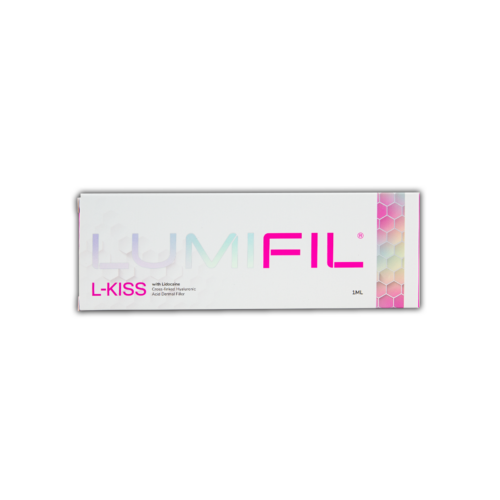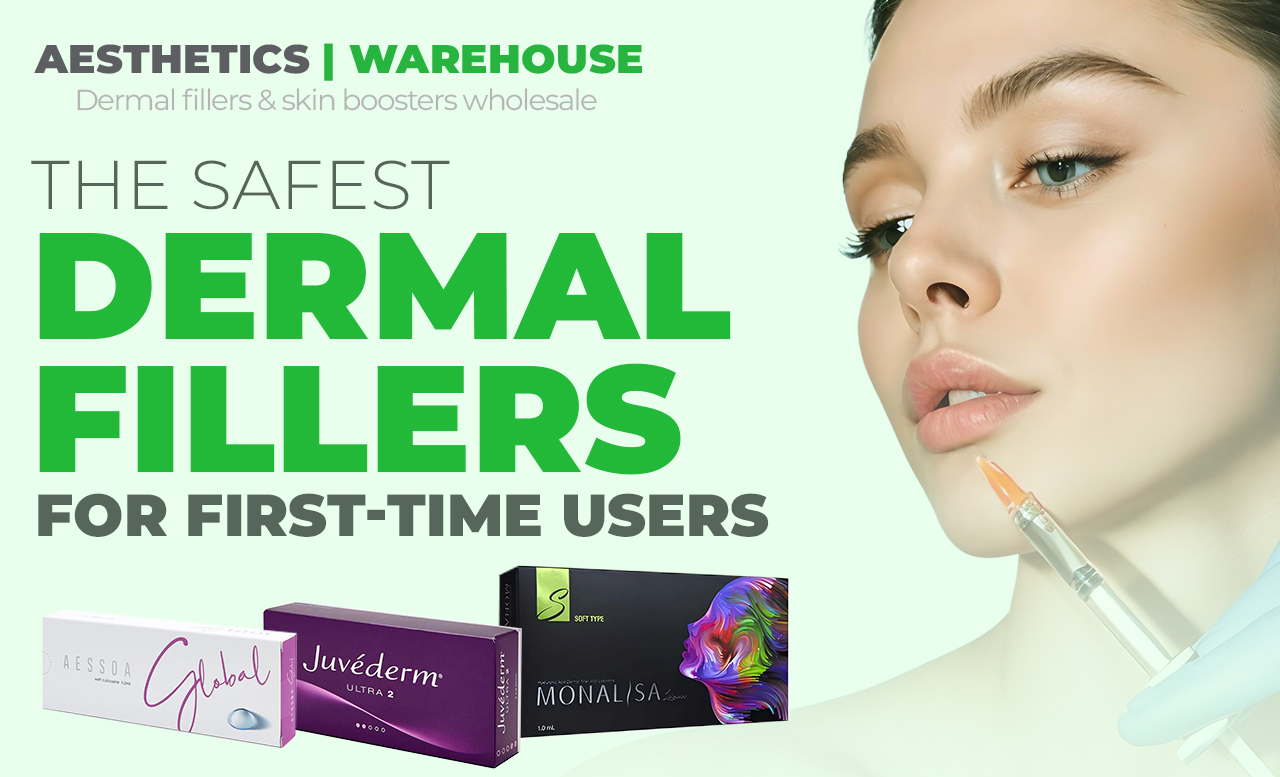Order by 3pm to Get Next Working Day Delivery
Save an extra 10%
-
HOT

Lemon Bottle ( 1 Vial )
£29.99 £24.99 ex. VAT -
HOT

Lumifil Kiss
£20.40 £17.00 ex. VAT
Subtotal: £24.99



Are you considering getting dermal fillers? Thousands of people find these procedures a temporary solution to freshen up their appearance. However, if this is the first time you have heard of them, they may sound scary or confusing.
Dermal fillers are a gentle, temporary way to smooth out wrinkles, add volume, or enhance natural features. They’re like a quick touch that can help you look refreshed and youthful without major surgery or long recovery times.
But safety comes first, basically, if you are a first-timer. That is why we have compiled a comprehensive guide on what fillers are, which are safe, and what you can expect during your first treatment.
Dermal fillers are gel-like substances that a professional injects just beneath the skin, thus erasing those wrinkles and giving some volume to the face again. Here’s what they can do:
Most dermal fillers are made of components found naturally in your body. One of the most famous is hyaluronic acid, a compound naturally in your skin that helps retain moisture and volume. When injected, these fillers can:
Starting with dermal fillers can be thrilling at some point, but it requires information and caution. Safety is not just a slogan; it is primary when considering aesthetic treatment. Let’s look at some pointers that you should pay heed to if you are new to dermal fillers:
Understand Your Medical Background
Not all treatments suit everyone, as certain diseases or medicines may cause problems during the procedures. Before your first treatment, you’ll need to have an honest, thorough conversation with a qualified professional about your:
Find The Skilled Injector
When getting fillers for the first time, it’s important to find the right aesthetician for your injectable needs. Because a safe and successful treatment depends entirely on the skill and expertise of the person holding the needle. Look for:
What to Watch Out For?
Dermal fillers are not without, no matter how much precaution has been taken by the doctor. Here are some Common side effects that people may experience:
Set Realistic Expectations
Derma fillers are not magic solutions, but they are mild augmentation instruments. A responsible provider will help you understand:
Pre-Treatment Preparation
Good Preparation for injectible dermal fillers can reduce potential downsides and enhance the benefits. In the weeks before your procedure:
After-Treatment Care
Your commitment to safety continues even after the procedure is complete. Proper aftercare is crucial:
If you’re new to dermal fillers, choosing a safe option can ease your mind. Let’s explore the best dermal fillers known for their reliability, natural results, and minimal risk.
Hyaluronic Acid (HA) Fillers: These fillers are derived from a substance in your body, meaning they are less likely to trigger side reactions. Juvederm and Restylane are well-known brands since they provide consistent outcomes and are reversible if you’re dissatisfied with them.
Calcium Hydroxylapatite (CaHA) Fillers: Calcium hydroxylapatite fillers, like the Radiesse injection, are ideal for those who need instant volume and improved skin elasticity in the long run. These fillers give you immediate improvement and encourage your body to produce more collagen, which helps the skin if the filler wears off. They’re particularly effective for deeper wrinkles and areas that need more substantial volume restoration.
Poly-L-lactic Acid Fillers: Here comes Sculptra, a filler that works differently from the rest, showing results gradually. Unlike fillers that offer instant fullness, this filler gradually encourages the skin to produce more collagen, so your skin appears smoother and plumper naturally. It’s one of the best options for individuals who seek a less invasive treatment to refresh their facial appearance.
Polymethylmethacrylate (PMMA) Fillers: There are PMMA fillers like Bellafill for individuals desiring longer-lasting results. These fillers are best for deep wrinkles and acne scars because they have microspheres that support the skin for an extended period.
Keep in mind that the ‘safest’ filler isn’t a universal solution. Your ideal choice depends on the following:
Before getting treatment, always chat with a board-certified dermatologist or plastic surgeon. They can determine your requirements and suggest the right filler if it fits your intended results.
You May Like to Read: How To Sleep After Dermal Fillers?
Dermal fillers offer a promising way to refresh your look, but it’s important to get them with care. If you understand the various filler types, adopt a safety-first approach, and work with a skilled injector, you can obtain a natural look that enhances your confidence. Everyone is different, so consult a professional to modify your treatment plan to your needs and desired outcomes.
The best dermal filler for first-time patients typically depends on their individual goals and treatment area. Hyaluronic acid fillers like Juvederm or Restylane are often recommended due to their natural look and reversibility.